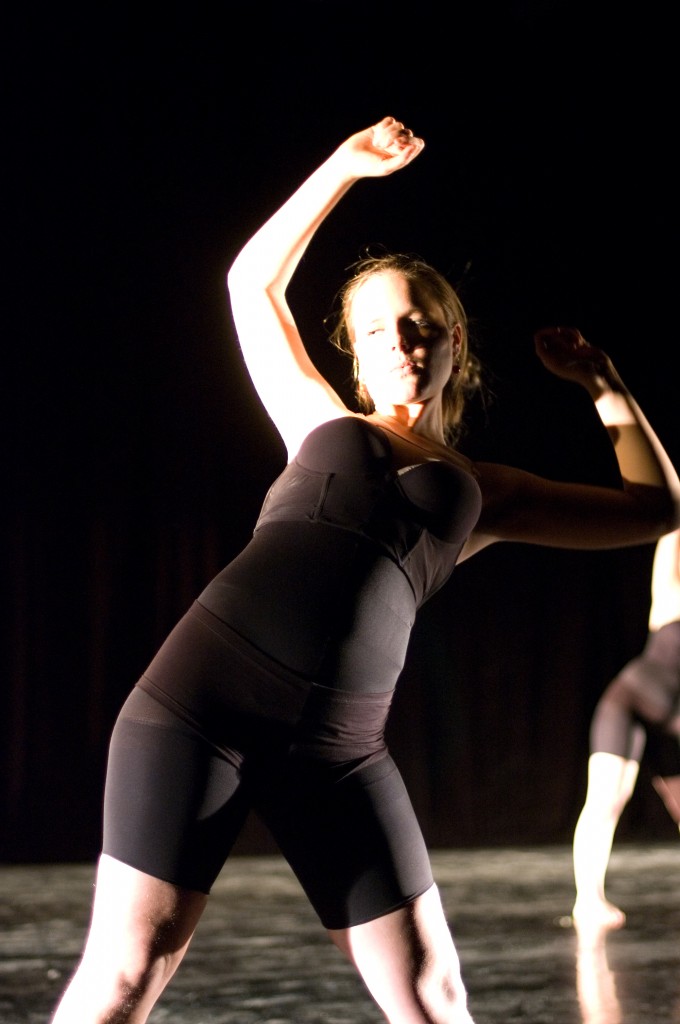
by Janet Neidhardt
The other day a student asked me if it is possible to create movement that has never been done before. I said that creating new movement can be a daunting task because it seems like every movement has been done before. It is difficult to know if what you are doing is brand new or not especially since dance is created all over the world all of the time.
When my students asked if they could make a “Harlem Shake” video because it was this cool new thing, I replied, “Harlem Shake? I had students doing that back in 2001. This is hardly a new move to copy.” When my students research modern dance pioneers, like Martha Graham and Ted Shawn, they see movement in their videos that we still do today. So the question comes back again: Is it possible to create movement that has never been done before?
I think that within this topic lies a deeper question about how we might manipulate and connect movements in original ways. I am always pushing my students’ creativity when choreographing dances. I often find myself saying I’ve seen that movement too much or if a movement has a name and we all know what it is then I don’t want to see it. Setting a high precedent for originality in work is important. I try to teach my students the difference between copying movement and making movement new and original. This can be a difficult task and can easily push students out of their comfort zone. Placing value in originality and creativity is necessary for students to grow as artists and for the arts to grow within their own discipline.
There are many ways to teach students how to manipulate movements like changing the size, putting it in a different body part, timing, energy quality, and so on. I think the more students feel comfortable taking chances and playing with movement ideas the more creativity with be fostered.
Here is one method of creating more original movement that I like to use with my students: [Read more…]




